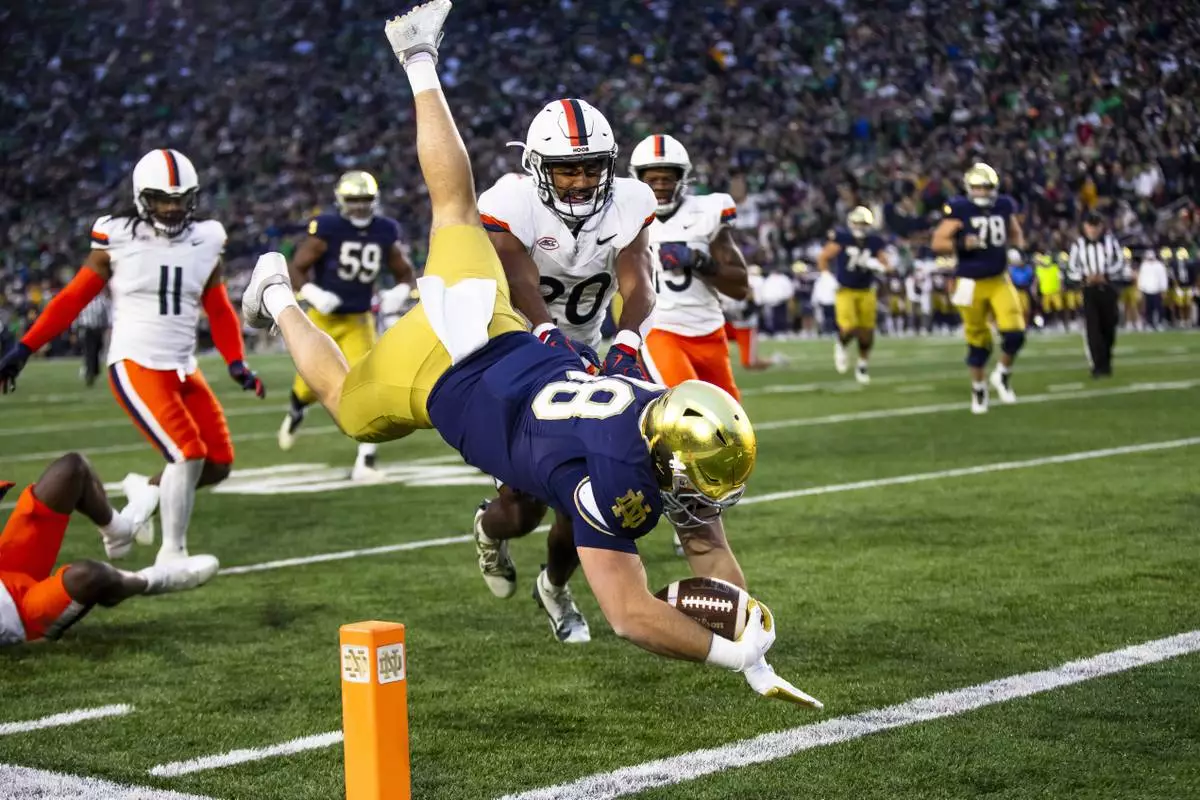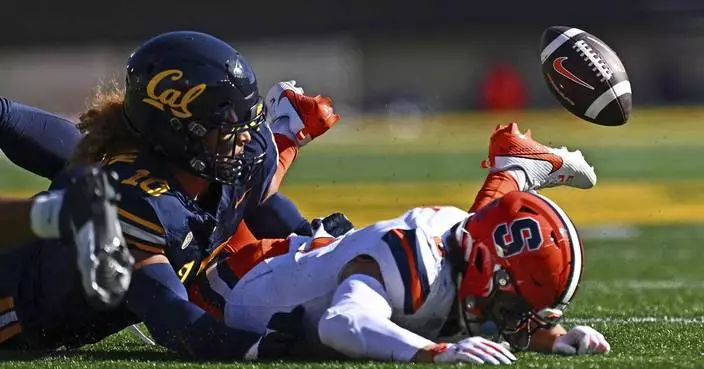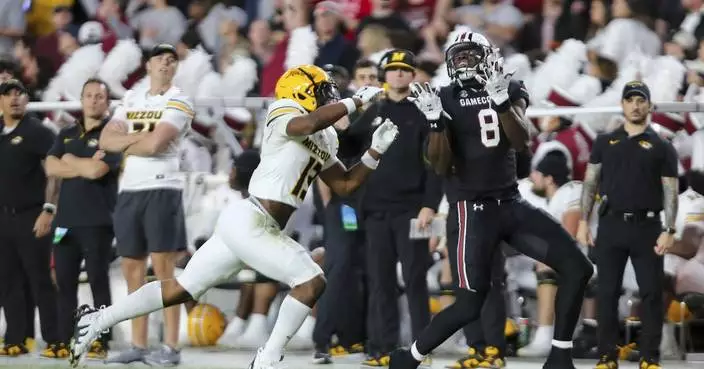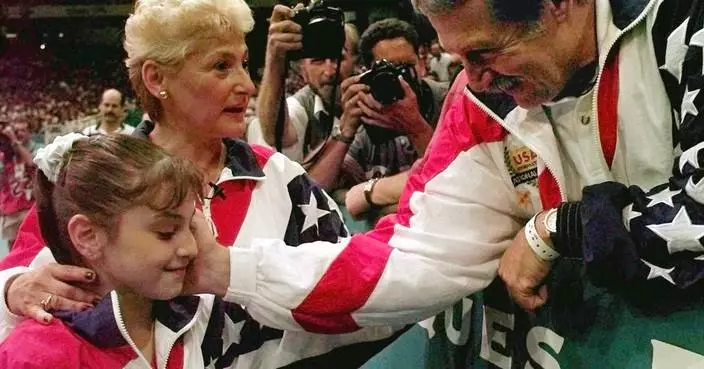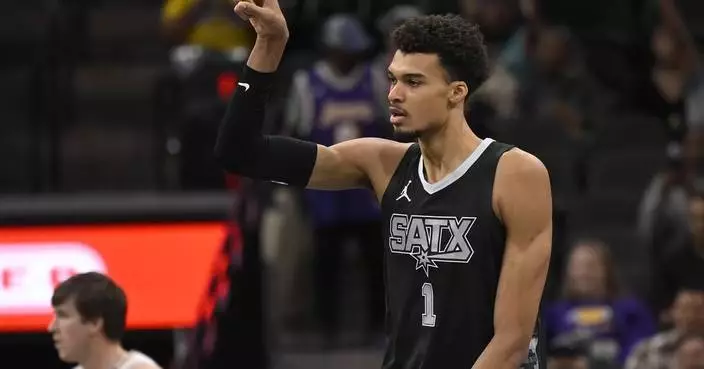LONDON (AP) — An inquiry into an English hospital where a neonatal nurse was convicted of murdering seven babies and trying to kill seven others began Tuesday as her supporters push to clear her name.
But the inquiry’s head made it clear it would not be a review of Lucy Letby ’s conviction, but a deeper look into how failures led babies to repeatedly be harmed at the Countess of Chester Hospital, how staff and management responded and how parents were treated.
Justice Kathryn Thirlwall said the Court of Appeal had reviewed the convictions “with a very clear result," but noted that a loud chorus on the validity of selected evidence came from people not present at the trial.
“All of this noise has caused enormous additional distress to the parents who have already suffered far too much," said Thirlwall, who noted the inquiry was named after her so families don't have to repeatedly see “the name of the person convicted of harming their babies.”
The Thirlwall Inquiry will also explore the culture within the National Health Service, which had a similar scandal that led to an inquiry after nurse Beverley Allitt was convicted of killing four infants and attacking nine others at Grantham Hospital in 1991.
“Distressingly, 25 years later another nurse working in another hospital killed and harmed babies in her care,” said Rachel Langdale, counsel to the inquiry. Langdale said Letby had been taught in nursing school about Allitt's crimes.
Letby, 34, was convicted in 2023 of murder for seven infants and attempted murder of six others — including two attempts on one child. A case in which jurors couldn’t reach a decision was retried and Letby was convicted in July of another attempted murder. She was sentenced to 15 life terms with no chance of release — only the fourth woman in the United Kingdom to receive such a term.
Prosecutors said she harmed babies in ways that left little trace, including injecting air into their bloodstreams, administering air or milk into their stomachs via nasogastric tubes, poisoning them with insulin and interfering with breathing tubes.
She was the only employee on duty in the neonatal unit when the children collapsed or died between June 2015 and June 2016. Prosecutors described her as a “constant malevolent presence.”
The inquiry began with Langdale listing the downfall of each infant, including evidence that was overlooked and other missed opportunities by staff and management to connect the dots that would eventually lead them to believe Letby was deliberately harming babies.
Letby tearfully testified that she never harmed a child and still maintains her innocence.
Although her appeal was rejected, another lawyer hopes to bring new evidence before the Criminal Cases Review Commission, or CCRC, which looks into possible injustices and could trigger another court challenge.
A growing number of supporters have rallied to her cause, particularly after a lengthy New Yorker article in May raised doubts about the circumstantial and statistical evidence used against her.
A group of scientists, doctors and legal experts sent a confidential letter to Britain’s ministers of health and justice, asking to postpone the inquiry or look at a broader range of factors that led to the deaths of babies, “without the presumption of criminal intent,” at the hospital.
The group that independently reviewed scientific evidence at Letby’s trial warned legal systems were “particularly vulnerable to errors” when dealing with technical matters, “especially in cases involving statistical anomalies in health care settings.”
Numerous scientists have criticized the prosecution’s use of a chart showing Letby was always on shift when babies collapsed or died. In comparison, the chart showed that each of the other 38 nurses was on staff only a few times when the babies were in danger. The chart also didn't include the deaths of babies for which Letby wasn't accused of murdering.
“It looks like a very dramatic and suspicious coincidence that Lucy Letby was on shift every time something happened to a baby,” said Peter Green, a statistician at the University of Bristol. “But you could take other data and make a chart like that for any other nurse at the hospital.”
Green co-authored a report for the Royal Statistical Society that said improperly interpreted statistics could make it appear some health workers were serial killers. Their concerns were triggered partly by a similar case in the Netherlands, involving a pediatric nurse named Lucia de Berk, who was later exonerated after being convicted of the murders of four children and the attempted murders of three others in 2004.
Sarrita Adams, a forensics biotech consultant in the United States, began following the case against Letby when some of the scientific evidence sounded “really far-fetched.”
Adams’ organization, Science On Trial, reviewed available scientific data presented against Letby and produced a nearly 200-page report.
The contention by the prosecution’s lead medical expert witness, Dr. Dewi Evans, that Letby hurt some of the babies by injecting air into their veins or stomachs, creating an air embolism, strained credibility, Adams said. Evans’ contention relied on a 1989 research paper describing how high-pressure oxygen delivered to the lungs can cause an air leak and isn't comparable to someone injecting air into a vein.
“These are completely different things and it is bizarre that was accepted as a plausible way to kill these babies,” she said.
The author of the 1989 research paper later testified that his study had been misinterpreted, explaining that none of the babies Letby was accused of killing had skin discoloration associated with an air embolism. Still, the prosecution argued that since the author hadn’t been privy to the babies’ medical records, he wasn't qualified to speculate on how they died.
Adams and others were also concerned about other relevant context that appeared to be left out during the trial.
For example, experts for the prosecution testified that the death rate at the chronically understaffed hospital where Letby worked rose during the two years when the seven babies she was convicted of killing died. But mortality continued to increase even after Letby was no longer working there.

Chair of the inquiry Lady Justice Thirlwall is seen at Liverpool Town Hall, ahead of hearings into the murders and attempted murders of babies by nurse Lucy Letby Monday Sept. 9, 2024. (Peter Byrne//PA via AP)
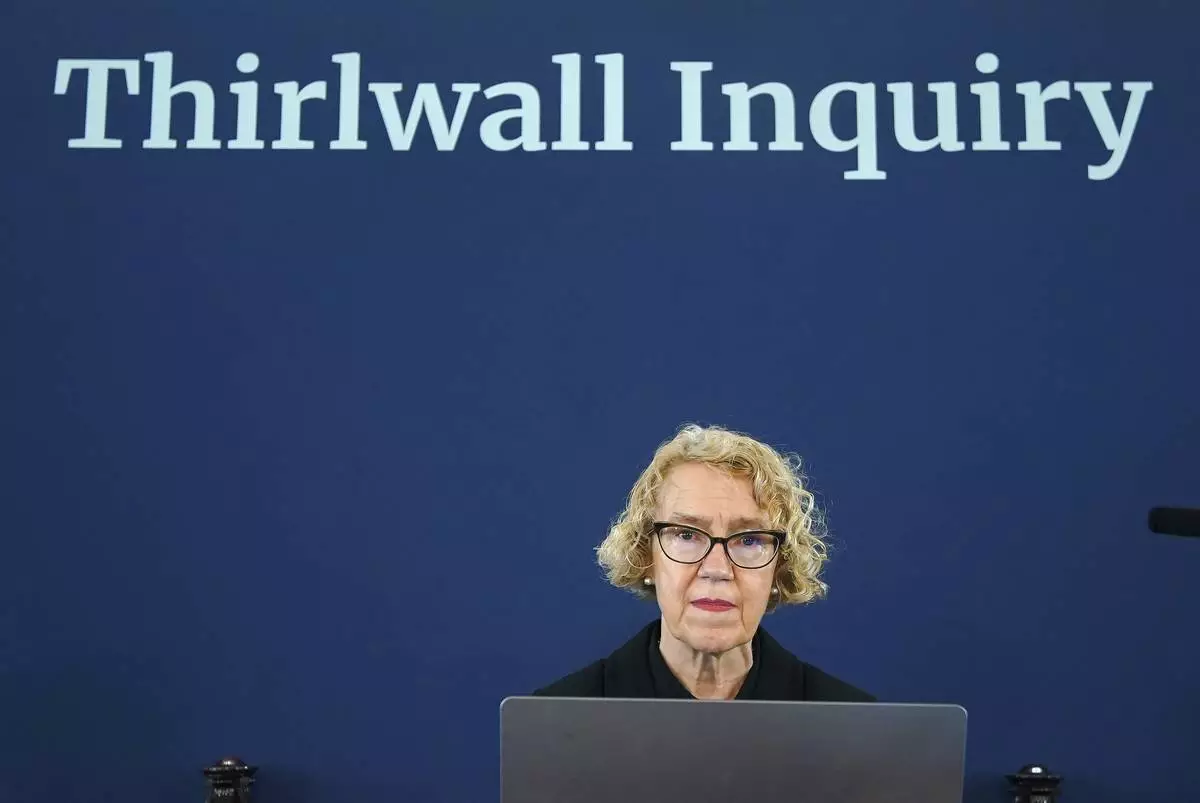
Chair of the inquiry Lady Justice Thirlwall is seen at Liverpool Town Hall, ahead of hearings into the murders and attempted murders of babies by nurse Lucy Letby Monday Sept. 9, 2024. (Peter Byrne/PA via AP)
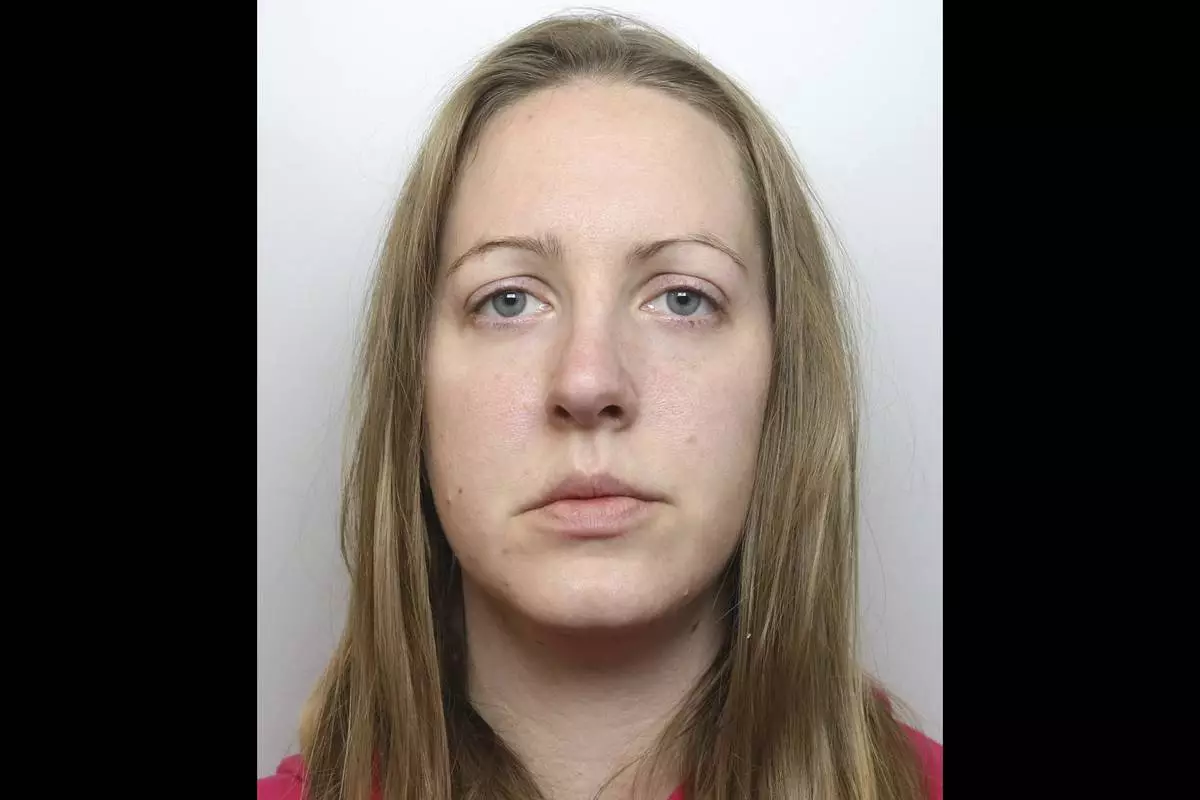
FILE - This undated handout issued by Cheshire Constabulary shows of nurse Lucy Letby. (Cheshire Constabulary via AP, File)

FILE - Members of the media outside the Countess of Chester Hospital in Chester, England, Friday, Aug. 18, 2023. (Jacob King/Pool Photo via AP, File)



